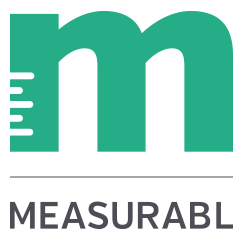Assess: Step 2 of 3 in Sustainability Best Practice

WHAT’S IN A NUMBER?
The first order of business in understanding the results of your sustainability report is to understand the metrics upon which they’re based. All reports consists of metrics that fall into one of three broad categories: (1) Environmental, (2) Social, (3) Governance. Together, they’re commonly referred to by the “ESG” acronym. Environmental metrics capture the issues people most often associate with sustainability reporting: carbon emissions, water efficiency measures and waste policies, for example. Social factors address the human aspect of corporate performance such as employee training, health, compensation and labor conditions. Governance factors try to capture who, if anybody, sets your company’s long-term vision on sustainability and who is rewarded or held accountable if certain objectives are or aren’t met. Depending on the protocol or set of guidelines on which you report, you’ll make statements or provide data on a variety of ESG metrics which the protocols may use to assign you a score. This score may be absolute based on a public scoring rubric, or relative based on the performance of other reporters. You may even see both approaches used side-by-side. For examples of each approach, check out CDP’s scoring methodology and its Climate Performance Leadership Index. To keep it simple, know that your score will depend on both the quantity and quality of the data you disclose.
A score can be helpful in giving you a quick pulse of overall performance. If it’s a relative-based scoring system, it will also help you understand how you stack up to your peers. But you’ll need to go deeper than a single number to understand what metrics to take action on. Here’s my advice to get past scores that can admittedly be somewhat arbitrary (as methodologies change year over year) or un-informative (like when scoring methodologies are not made public or scores are not provided at all).
APPLES TO ORANGES
I remember a new client asking me “how do we compare to our peers on sustainability?” It’s a question I would go on to hear many times from new and prospective clients. Like so many others, they wanted to know where they stood – to be “benchmarked”. It’s a foundational part of any assessment exercise and done properly, can help set strategy or ensure tactics are having the desired result. In fact, benchmarking may be the number one way companies go about understanding their sustainability performance. Unfortunately, it can also be fiendishly hard to get right for three reasons:

